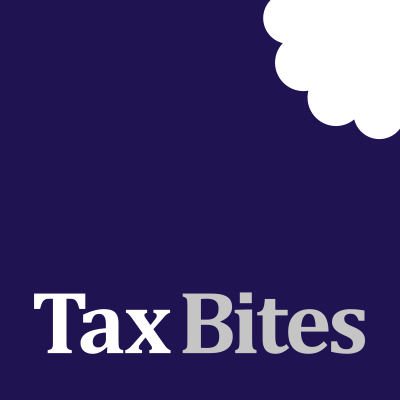
Can a section 455 loan charge be a cheap option?
27th June 2022
Posted in Articles by Andrew Marr
The issue
Generally accepted wisdom dictates that directors’ loan accounts need to be repaid within nine months of a company’s year end. This is due to the section 455 charge which is triggered if this repayment does not take place. For loans made on or after 6 April 2022 the charge is levied at 33.75%. Usually, in order to avoid this charge, dividends will be declared within nine months of the year end to clear the balance.
Example
Max had a £100,000 overdrawn director’s loan account taken out on 30 April 2022 which is his company’s year end. If this is not repaid by 1 February 2023 then the company would be hit with a £33,750 section 455 charge. Under advice from the accountant Max takes a £100,000 dividend at the end of January and the spectre of the section 455 charge goes away.
There are some circumstances when this strategy of paying dividends is not a good idea.
Scenario 1 – Prospective company sale
When a company sale is envisaged in the next few years, it generally makes sense to borrow funds from the company rather than paying dividends. This is in anticipation of a purchaser paying cash for the debtor balance (which would typically then be used to repay it). Capital gains on a sale will be taxable at 20% (or even 10% if BADR applies) whereas dividends are taxable at 33.75% at higher rates and 39.35% at additional rates (over £150,000). Although these loans will trigger section 455 charges, these charges will be repayable to the company when the loans are cleared. Typically, a purchaser will hold back proceeds equivalent to the section 455 repayment and these will deferred until the repayment is received from HMRC.
Scenario 2 – Director will suffer tax at additional rates
If in the above example Max suffered additional rate tax at 39.35% on the dividend, it would probably make sense for him not to receive the dividend and for the company to pay the section 455 charge. In simple terms this would involve the company ‘parking’ £33,750 of section 455 tax instead of the individual having to pay them £39,350 in income tax on a dividend.
Forbes Dawson view
Although it may make sense for section 455 liabilities to be avoided by paying off loan accounts, we are seeing that this is all too often becoming a mechanical process. This point should be considered on a case by case basis. There will be occasions when both of the above scenarios will apply at the same time and in these cases it will usually make sense to keep the loan in place. There are also loan benefit in kind charges to consider although these loan benefits are currently only charged on 2% of any interest-free loan balance.



